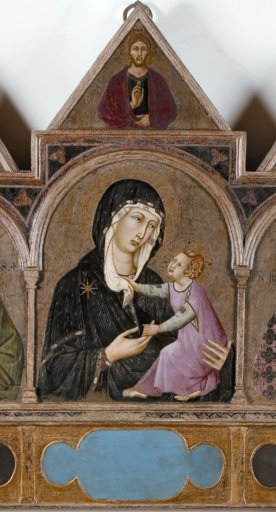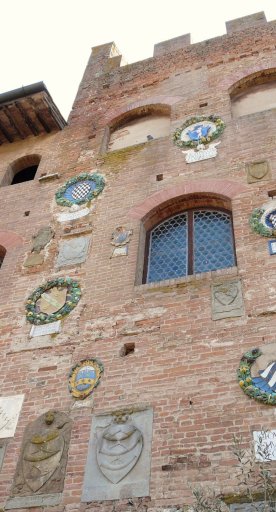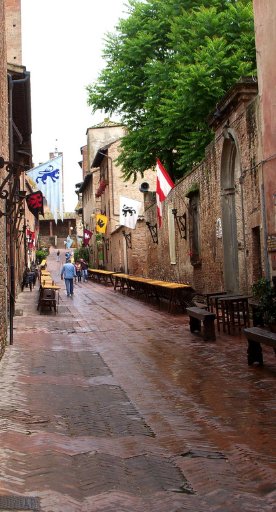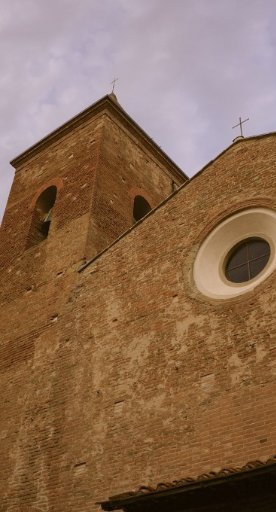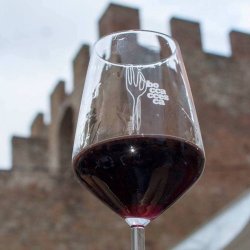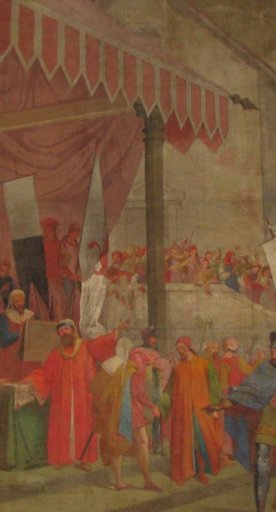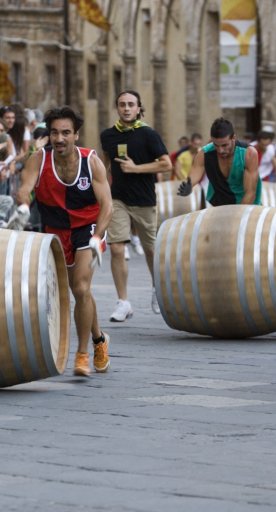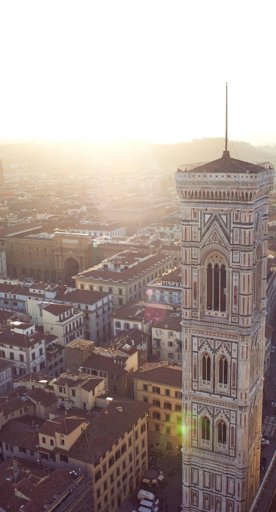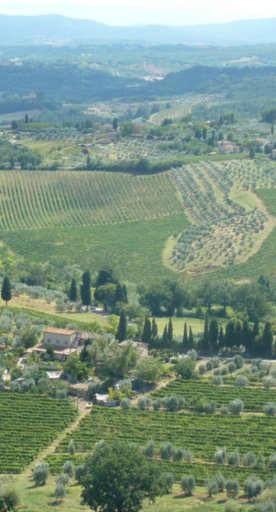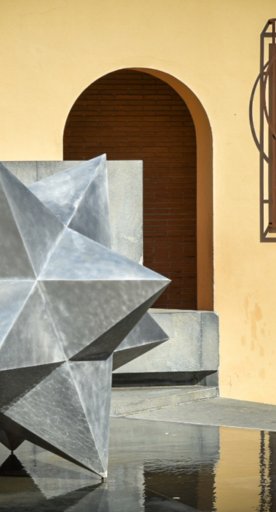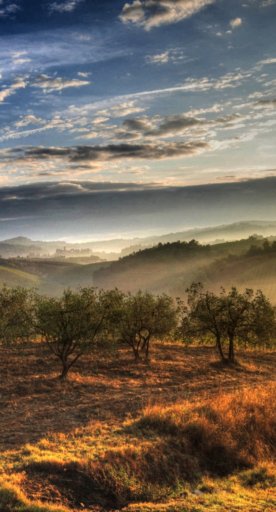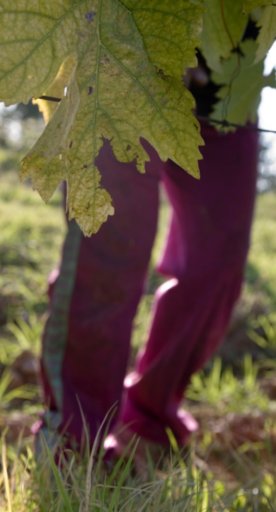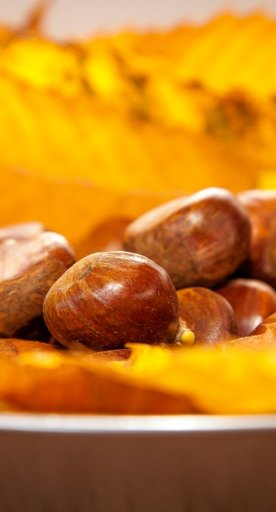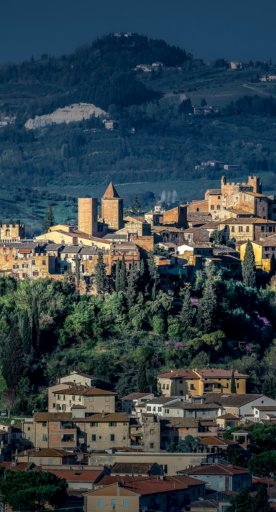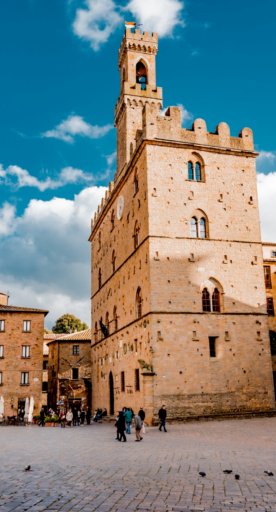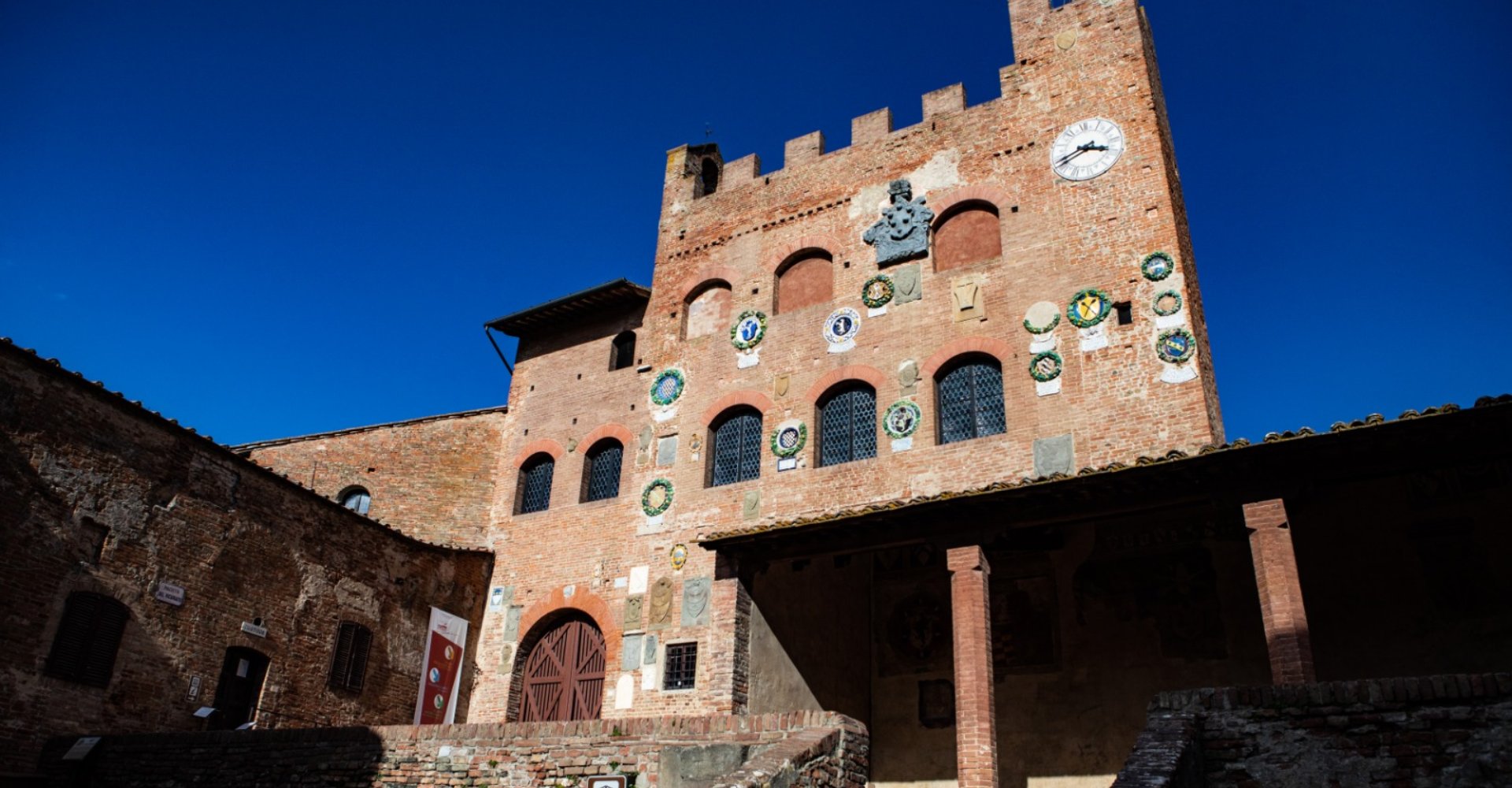
Certaldo
Boccaccio's homeland is one of the most characteristic villages in the Val d’Elsa
One of the most evocative historic villages in Tuscany, Certaldo still retains a magical atmosphere that has also enabled it to receive the Touring Club's Orange Flag recognition.
Home to settlements since the Etruscan era, Certaldo's development began in the early Middle Ages. Its name derives from the Latin cerrus altus or from the Germanic cerrus aldo, descriptions of the oak-covered hill on which the village rests.
Also making the town irresistible is the fact that it was the birthplace of Giovanni Boccaccio (1313-1375), one of the fathers of the Italian language and literature, author of, among other things, the Decameron.
What to see in Certaldo
The historic village, also called Castello, is contained inside walls accessible by centuries-old gates: Porta Alberti, Porta al Sole and Porta al Rivellino. It can be accessed by going up the ancient streets called Costa Alberti and Costa Vecchia, from the more modern Via del Castello, or via the funicular that starts from Piazza Boccaccio. A unique feature of the place is that unlike most medieval villages, Certaldo has no main square, usually the site for religious, political, civil and commercial powers.
In fact, Certaldo developed on an elongated hill, where it is believed that in ancient times there was no space for an agora. Its function was therefore assumed by the current Via Boccaccio, overlooked by the Church, Palazzo Pretorio and the Logge del Market - now walled up, but whose blind arches are still recognizable on the walls of Palazzo Stiozzi Ridolfi.
To pay homage to the poet and writer Giovanni Boccaccio, one can visit the house in which he lived during various periods of his life and which now houses the Museum and the headquarters of the National Association dedicated to him.
The most important monument of Certaldo is the Palazzo Pretorio, the historic residence of the Alberti counts which was built at the end of the twelfth century on the ruins of the original family home. The prisons, court, archive, chapel, and private accommodation of the Vicars can be visited. On the facade and inside the building, numerous coats of arms are to be admired, each of which represents the family of each Vicar who ruled the city. Also inside, we can admire frescoes and sinopites from the 15th and 16th centuries.
Next to the Palazzo Pretorio, there is the Church of San Tommaso and Prospero from the early 13th century, the oldest church in the Castle.
Also worth visiting is the Museum of Sacred Art, housed in what was originally an Augustinian convent of the 15th century. The exhibition rooms are dedicated to painting, sculpture and sacred vestments. In the art gallery - once the refectory of the convent - paintings from the 12th to the 16th centuries are exhibited, with works by Cenni di Francesco di Ser Cenni, Ugolino di Nerio and Meliore.
The historic village, also called Castello, is contained inside walls accessible by centuries-old gates: Porta Alberti, Porta al Sole and Porta al Rivellino. It can be accessed by going up the ancient streets called Costa Alberti and Costa Vecchia, from the more modern Via del Castello, or via the funicular that starts from Piazza Boccaccio. A unique feature of the place is that unlike most medieval villages, Certaldo has no main square, usually the site for religious, political, civil and commercial powers.
In fact, Certaldo developed on an elongated hill, where it is believed that in ancient times there was no space for an agora. Its function was therefore assumed by the current Via Boccaccio, overlooked by the Church, Palazzo Pretorio and the Logge del Market - now walled up, but whose blind arches are still recognizable on the walls of Palazzo Stiozzi Ridolfi.
To pay homage to the poet and writer Giovanni Boccaccio, one can visit the house in which he lived during various periods of his life and which now houses the Museum and the headquarters of the National Association dedicated to him.
The most important monument of Certaldo is the Palazzo Pretorio, the historic residence of the Alberti counts which was built at the end of the twelfth century on the ruins of the original family home. The prisons, court, archive, chapel, and private accommodation of the Vicars can be visited. On the facade and inside the building, numerous coats of arms are to be admired, each of which represents the family of each Vicar who ruled the city. Also inside, we can admire frescoes and sinopites from the 15th and 16th centuries.
Next to the Palazzo Pretorio, there is the Church of San Tommaso and Prospero from the early 13th century, the oldest church in the Castle.
Also worth visiting is the Museum of Sacred Art, housed in what was originally an Augustinian convent of the 15th century. The exhibition rooms are dedicated to painting, sculpture and sacred vestments. In the art gallery - once the refectory of the convent - paintings from the 12th to the 16th centuries are exhibited, with works by Cenni di Francesco di Ser Cenni, Ugolino di Nerio and Meliore.
Nearby
Certaldo is located within the territory of the Empoli area of Valdelsa: the classic Tuscan landscape, dominated by the gentle countryside, with alternating woodlands and cultivated fields nestled into the landscape with traditional crops, vines and olive trees. From Certaldo, you can easily reach the historic centre of San Gimignano, an exceptional example of medieval civilization where art, architecture and history merge creating an elegant and solemn city.
The Valdelsa area is crossed for several kilometers by the Via Francigena, which does not cross the village of Certaldo but passes from Gambassi in Stage 30 from San Miniato to Gambassi Terme and in Stage 31 from Gambassi Terme to San Gimignano.
Certaldo is located within the territory of the Empoli area of Valdelsa: the classic Tuscan landscape, dominated by the gentle countryside, with alternating woodlands and cultivated fields nestled into the landscape with traditional crops, vines and olive trees. From Certaldo, you can easily reach the historic centre of San Gimignano, an exceptional example of medieval civilization where art, architecture and history merge creating an elegant and solemn city.
The Valdelsa area is crossed for several kilometers by the Via Francigena, which does not cross the village of Certaldo but passes from Gambassi in Stage 30 from San Miniato to Gambassi Terme and in Stage 31 from Gambassi Terme to San Gimignano.
Events
Certaldo becomes even more enticing in the month of July on the occasion of Mercantia, the Street Arts Festival which animates every corner of the village with high-impact performances and entertainment.
In September there is also a traditional historical re-enactment inspired by Boccaccio's Decameron.
Certaldo becomes even more enticing in the month of July on the occasion of Mercantia, the Street Arts Festival which animates every corner of the village with high-impact performances and entertainment.
In September there is also a traditional historical re-enactment inspired by Boccaccio's Decameron.
Typical products
Cited in Boccaccio's Decameron, the Certaldo onion is closely linked to the area and has a special meaning for the inhabitants, also nicknamed "cipolloni".
A local speciality is boiled meat with onions, generally using long-boiled meat, cut into pieces, sautéed in the pan with plenty of onions and tomatoes, then softened with meat broth during cooking.
Cited in Boccaccio's Decameron, the Certaldo onion is closely linked to the area and has a special meaning for the inhabitants, also nicknamed "cipolloni".
A local speciality is boiled meat with onions, generally using long-boiled meat, cut into pieces, sautéed in the pan with plenty of onions and tomatoes, then softened with meat broth during cooking.
